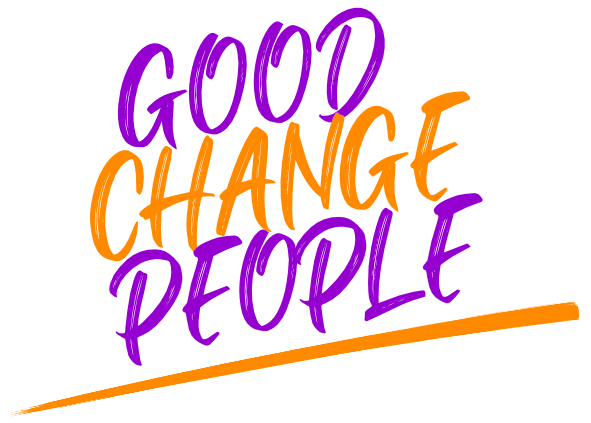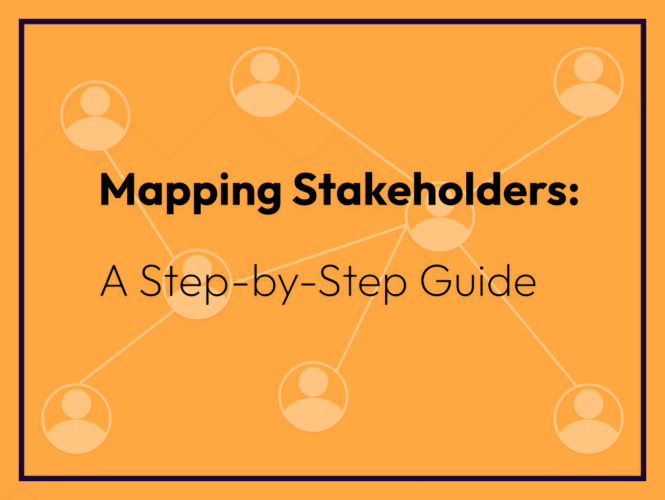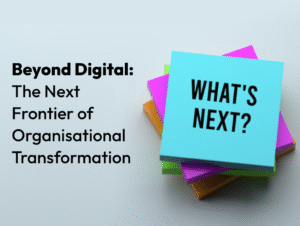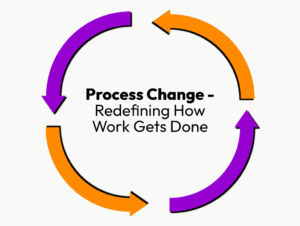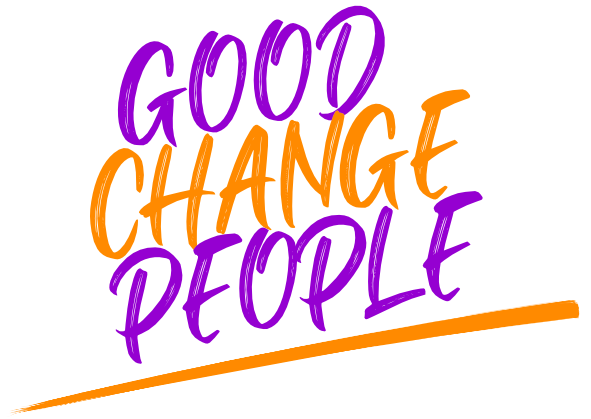You might ask why effective stakeholder mapping is critical to successful change management?
In any change initiative, whether it’s a digital transformation, organisational restructure, or cultural shift, one thing is always true; people matter. More specifically, understanding who your stakeholders are, what they care about, and how they influence (or are influenced by) the change is essential to making that change lasting.
Stakeholder mapping is more than a checkbox exercise. Done well, stakeholder mapping becomes a strategic tool that helps leaders anticipate resistance, tailor communications, build advocates, and navigate political dynamics. In this guide, we’ll walk you through a practical, step-by-step approach to mapping stakeholders into change management.
Step 1: Identify Your Stakeholders
Start by casting a wide net. Stakeholders include anyone who is impacted by the change or can influence its outcome, either directly or indirectly.
When identifying stakeholders you should consider:
- Internal teams (employees, leaders, department heads)
- Executive sponsors or board members
- Customers or clients
- Partners, suppliers, or regulators
- Employee groups or unions
To assist this, you should ask questions such as:
- Who will feel the impact of this change the most?
- Who has the power to support or block this change?
- Who holds critical knowledge or resources?
Engage cross-functional leaders early in this process, they’ll help uncover less visible but important stakeholders.
Step 2: Analyse Their Influence and Interest
Once you have your list, analyse each stakeholder based on:
- Level of Influence – How much power do they have to affect the success of the change?
- Level of Interest – How invested are they in the outcome?
This is often visualised using a Power/Interest Grid:
| High Interest | Low Interest | |
| High Power | Manage closely | Keep satisfied |
| Low Power | Keep informed | Monitor (minimum effort) |
This grid helps prioritise where to focus your time, energy, and communication efforts.
Step 3: Understand Their Perspective
You can’t manage what you don’t understand. Take the time to gather insights into each stakeholder’s needs, concerns, motivations, and potential resistance.
When trying to understand you should be asking questions like:
- What do they stand to gain or lose?
- What are their key concerns or objections?
- How do they prefer to receive information?
- Who do they listen to or trust?
The goal is to build empathy. Stakeholders are more than roles, they’re people with histories, expectations, and emotions tied to change.
Step 4: Develop Tailored Engagement Strategies
Now that you know who your stakeholders are and what matters to them, craft tailored strategies to engage them effectively.
For example:
- High-power, high-interest stakeholders may need 1:1 briefings, co-creation opportunities, and regular involvement.
- Low-power but high-interest stakeholders may benefit from regular updates, town halls, or feedback loops.
- Resistors might require early involvement, transparent conversations, and influence from trusted peers.
But it is important to remember that engagement isn’t a one-time event, it’s a continuous process.
Step 5: Monitor and Update Regularly
Stakeholder attitudes can shift over time. A passive observer can become a vocal critic, and a neutral stakeholder might evolve into a powerful champion. That’s why stakeholder mapping should be dynamic, not static. You must adjust your plan as the project evolves.
Set regular intervals to review:
- Are new stakeholders emerging?
- Has anyone’s influence or interest changed?
- Are engagement strategies working?
Final Thoughts
Change doesn’t happen in a vacuum; it happens through people. Stakeholder mapping is one of the most strategic actions you can take in any change initiative. When you know who matters, what they care about, and how to engage them, you dramatically improve your chances of success.
So, before you jump into change delivery, pause and map your terrain. Your stakeholders aren’t just obstacles or allies; they’re co-creators of the future you’re trying to build.
If you would like some more information, advice or tips join our community-based platform!
